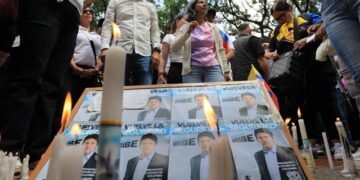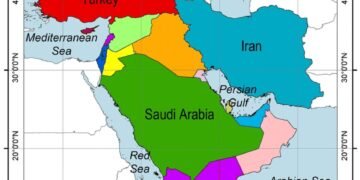TOKYO — In a highly symbolic gesture aimed at easing public fears, the Japanese government on Saturday reused a small amount of decontaminated — though still slightly radioactive — soil from Fukushima at the prime minister’s office garden in Tokyo.
This marks the first non-experimental use of soil collected after the 2011 Fukushima Daiichi nuclear disaster, when a powerful earthquake and tsunami triggered catastrophic meltdowns at the plant, spreading radioactive materials across the region.
The Environment Ministry said two cubic meters of the soil were transported to Prime Minister Shigeru Ishiba’s office and placed beneath a patch of lawn as foundation material. Officials emphasized that the soil — which does not come from within the plant itself — meets safety standards approved by the International Atomic Energy Agency (IAEA).
The move is part of a broader government effort to normalize the reuse of some 14 million cubic meters of decontaminated soil — enough to fill 11 baseball stadiums — that has been stockpiled near the Fukushima plant since cleanup efforts began. Authorities have pledged to relocate this soil to final disposal sites outside Fukushima by 2045.
Despite the official reassurances, public resistance remains strong. Earlier this year, the government was forced to abandon a plan to use the soil in flower beds in public parks after protests erupted in Tokyo and neighboring regions.
“This isn’t just about radiation levels — it’s about public trust,” said one environmental advocate critical of the plan. “The government can’t bury the legacy of Fukushima under a lawn in Tokyo.”

 English
English






































